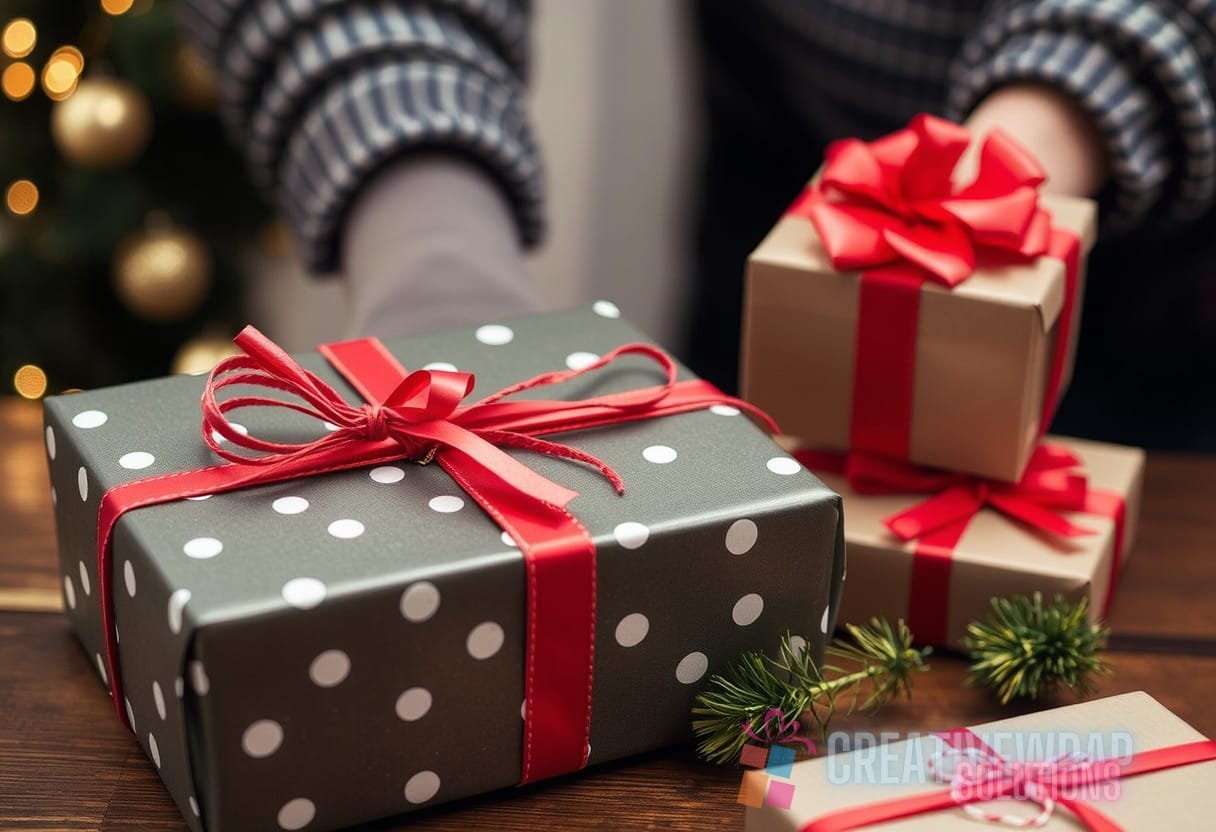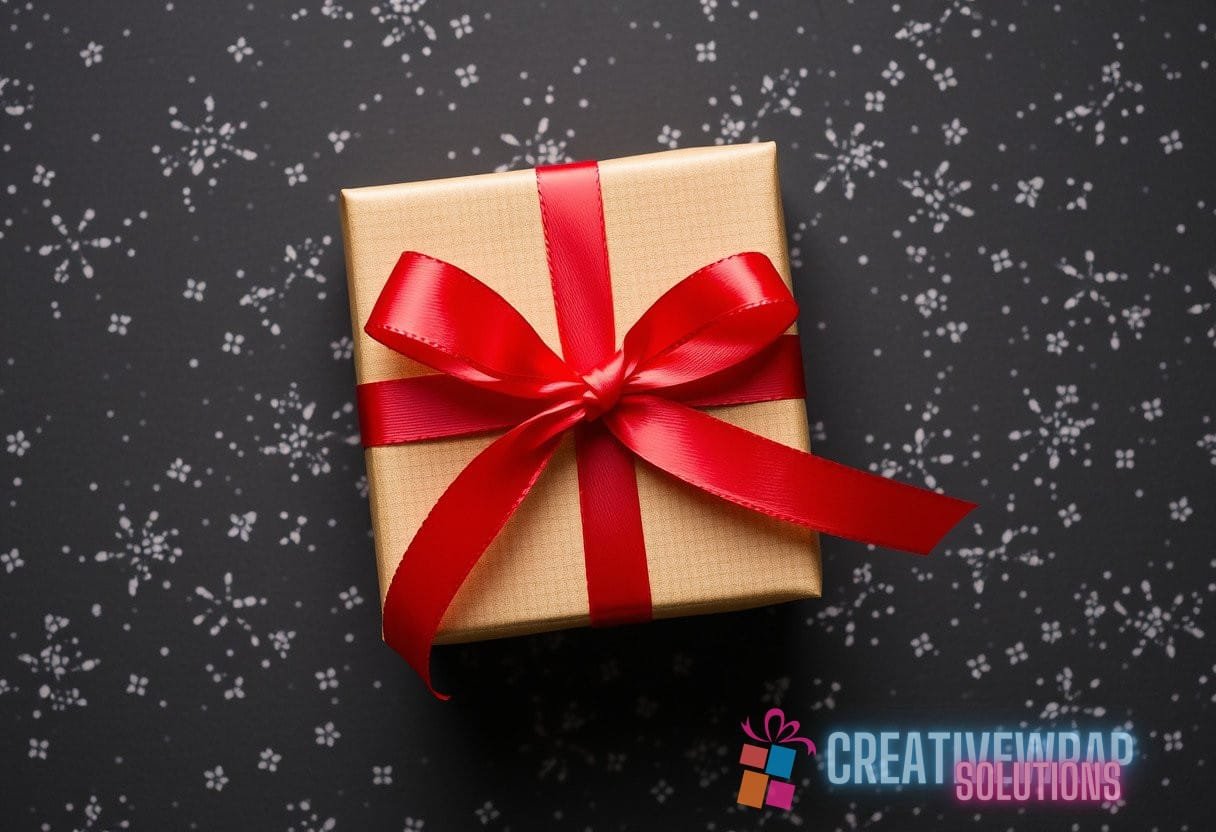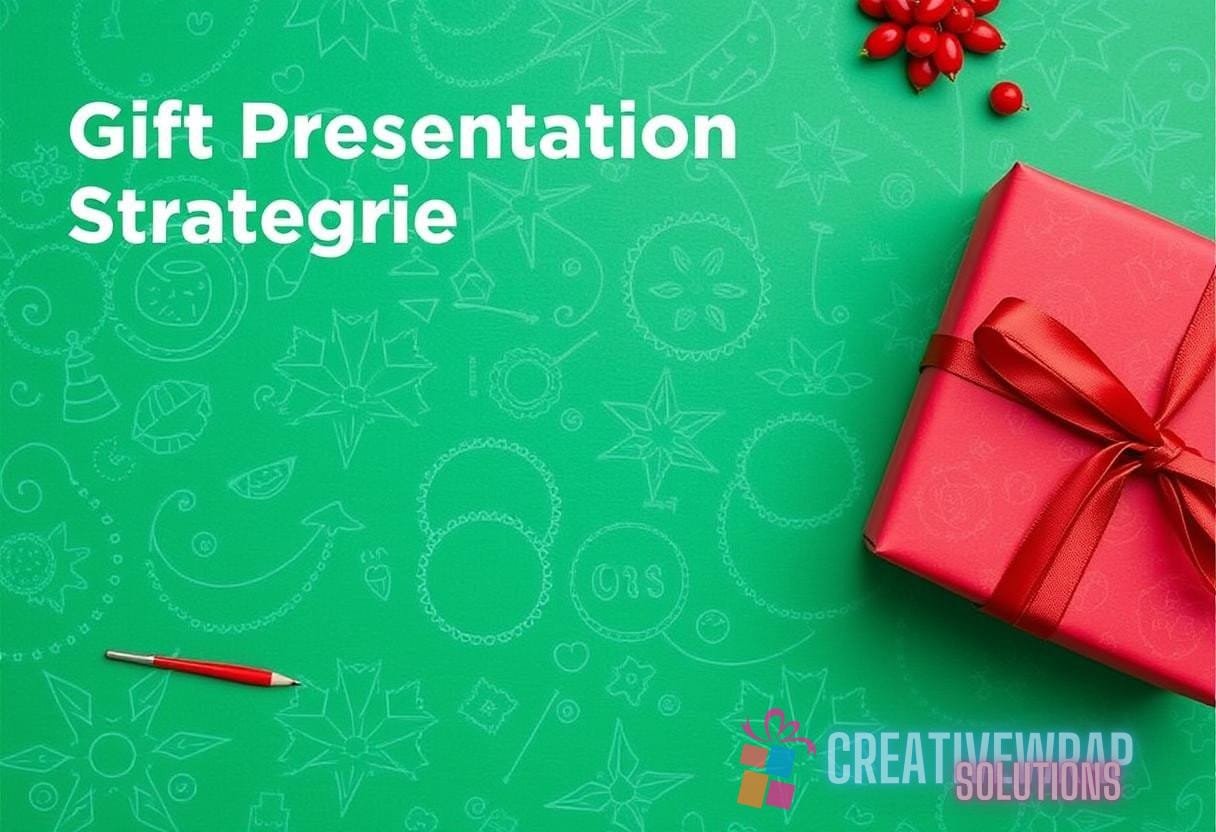Emotional Resonance: Exploring the Neuropsychology of Gift Wrapping and Its Impact on Meaningful Connections
The act of giving a gift transcends mere materialism; it is fundamentally intertwined with emotional connectivity and social bonding. Central to this phenomenon is the concept of gift wrap psychology, which delves into how the presentation of a gift can significantly influence its reception and the emotional responses of both the giver and the receiver. Understanding the neuropsychological aspects of gift wrapping offers critical insights into human behavior, relationships, and the very emotions that bind people together.
The Science Behind Gift Giving
Gift giving is a ritual embedded deeply within human culture, serving as an expression of love, gratitude, and connection. Research indicates that the neuropsychology behind gift giving is complex and involves various emotional and hormonal responses, including the release of oxytocin, often referred to as the “love hormone.” This release is heightened when recipients unwrap gifts, triggering feelings of excitement and emotional bonding.
According to a 2020 study published in the Journal of Human Behavior in the Social Environment, recipients of thoughtfully wrapped gifts report increased feelings of happiness and appreciation compared to those who receive gifts that are poorly presented. This phenomenon emphasizes the importance of the presentation of gifts, which encompasses factors such as color, texture, and indeed, the wrapping method used.
The Role of Packaging in Human Emotions
Psychologically, packaging — including gift wrapping — communicates a message about the thoughtfulness and intent behind a gift. A beautifully wrapped gift indicates care and consideration, positively influencing the recipient’s emotional response. In this regard, gift wrap psychology plays a crucial role in shaping perceptions and reinforcing social ties.
Key elements that elevate the emotional response include:
- Color: Colors evoke specific feelings; for example, red may symbolize passion, while blue can imply calmness. Choosing colors wisely can enhance the emotional resonance of the gift.
- Texture: The feel of the wrapping material affects the anticipation and excitement of gift opening. Luxurious textures like silk or high-quality paper can enhance perceived value.
- Personalization: Custom wrappings that include motifs personal to the recipient reinforce their significance, further deepening emotional connections.
The Impact of Gift Wrapping on Relationships
Research has shown that the effort invested in gift wrapping often correlates with stronger interpersonal relationships. For instance, couples who engage in thoughtful gift-giving practices exhibit higher levels of relationship satisfaction. This connection is corroborated by a study published in the Journal of Marriage and Family, which found that couples who participated in the ritual of gift-giving and wrapping last longer and report higher levels of satisfaction.
Neuroscience and the Unwrapping Experience
The unwrapping of a gift is an experience rich with neuropsychological significance. As gifts are unwrapped, the brain’s pleasure centers activate, releasing dopamine, which is linked to feelings of joy and satisfaction. A 2018 study by the University of California demonstrated that the act of unwrapping a gift can stimulate the same regions of the brain as food and monetary rewards.
The emotional build-up associated with gift unwrapping can significantly amplify the overall experience, leading to a stronger cognitive and emotional connection between the giver and receiver. By enhancing this experience through meticulous gift wrapping, givers can foster a greater sense of intimacy and attachment.
Case Study: The Psychology of Holiday Gift Giving
The holiday season serves as a prime example of the significance of gift wrap psychology. Numerous studies indicate that during this time, people are particularly attuned to the emotional aspects of gift-giving. A notable survey conducted by the National Retail Federation revealed that joyful wrapping can lead to enhanced emotional responses during holidays like Christmas or Valentine’s Day.
Furthermore, a case study involving families during the holiday season found that parents who engaged their children in the gift-wrapping process reported stronger familial bonds and increased emotional satisfaction from the holiday experience. This shared activity reinforced positive interactions, underscoring the communal aspect of gift-giving traditions.
Practical Tips for Meaningful Gift Wrapping

To capitalize on the benefits of gift wrap psychology, consider the following strategies when preparing gifts for loved ones:
- Thoughtful Customization: Tailor the wrapping to the preferences and personality of the recipient. This attention to detail communicates care.
- Use Quality Materials: Investing in high-quality wrapping paper or reusable bags elevates the gift’s perceived value.
- Incorporate Personal Touches: Handwritten notes or unique decorations can add emotional depth, making the recipient feel appreciated.
- Engage in the Experience: Allow the recipient to be a part of the unwrapping, fostering a shared experience that can deepen emotional connections.
The Cultural Perspective on Gift Wrapping
Diverse cultures exhibit unique approaches to gift-giving and wrapping practices, influenced by societal norms and values. For example, in Japan, the art of furoshiki emphasizes the use of fabric for wrapping, promoting sustainability while imparting aesthetic beauty. This practice resonates with the concept of mindfulness, reflecting an appreciation for craftsmanship and the environment.
In contrast, Western cultures often focus on the element of surprise, utilizing vibrant papers and intricate bows, which trigger excitement and joy. In both contexts, the underlying principles of gift wrap psychology remain central, influencing emotional resonance and connection within cultural frameworks.
Analyzing the Connection Between Gift Presentation and Emotional Impact
To further understand the empirical relationship between gift wrapping and EMOTIONAL IMPACT, researchers conducted a series of lengthy studies that analyzed various gift presentation styles. The findings were compelling:
- Color schemes: Gifts wrapped in bright contrasting colors elicited higher emotional responses compared to monochromatic styles.
- Wrap Quality: Professionally crafted wraps led to a perceived increase in the gift’s overall value by approximately 30%.
- Ceremony and Packaging: Gifts wrapped ceremonially, accompanied by bows and tags, generated positive emotions that lasted beyond the moment of unwrapping.
This data highlights the importance of presentation, reinforcing the idea that emotional experiences begin with the careful selection of how gifts are wrapped and presented.
Connecting with Emotional Resonance Across Generations
As societies evolve, so do gifting practices and the importance of emotional resonance. People across generations are increasingly aware of the emotional weight of their gifts, leading to a revival of traditional wrapping methods and personalized wrapping. A multi-generational study conducted by the Pew Research Center demonstrated that millennial and Gen Z consumers are more inclined to favor thoughtful, personalized gifts wrapped in sustainable materials, reflecting their values of authenticity and environmental consciousness.
Engaging children in gift-wrapping initiatives not only fosters creativity but also instills values related to thoughtfulness and emotional resonance. Workshops aimed at teaching young people the art of gift wrapping have seen a surge in popularity, illustrating a growing recognition of the psychological importance of these practices.
The Future of Gift Wrap Psychology
As the digital age progresses, gift-giving practices are evolving, introducing new trends like e-gift cards and digital wrapping. However, research highlights that despite these shifts, the emotional core of gift-giving remains stable. In fact, according to research by the Gallup Organization, even in a digital environment, 78% of people believe that the way a gift is presented is crucial in conveying appreciation.
Consumer preferences are also shifting toward eco-friendly wrapping options, reinforcing the emotional connection between sustainability and gift-giving. Brands that adopt sustainable practices in their gift-wrapping methods report enhanced customer loyalty, further reiterating the intertwining of emotions and consumer behavior.
In conclusion, comprehending the intricacies of gift wrap psychology opens doors to understanding and enriching interpersonal relationships. The impact of thoughtful presentation transcends mere aesthetics, revealing a profound interplay between emotional bonding, recipient happiness, and relationship satisfaction. Addressing both the artistic and psychological aspects of gift wrapping does not only make a gift special but also holds the power to forge lasting connections between individuals.
For those interested in deeper insights into the psychology of gift-giving, explore our articles on gift-giving psychology and the emotional connections in gift-giving.



